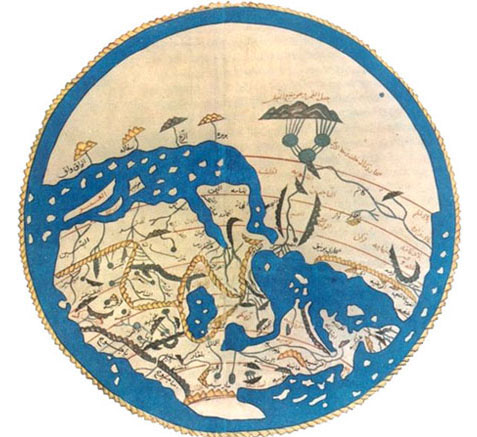Article of the Month - June 2022
“Hair, Emotions and Slavery in the Early Modern Habsburg Mediterranean,”
(Stefan Hanß: Manchester University)
Stefan Hanß, “Hair, Emotions and Slavery in the Early Modern Habsburg Mediterranean,”
History Workshop Journal 872 (2016): 160—87
Article Abstract:
This article charts the meanings of hair in scenes of Habsburg-Ottoman cultural exchange. In particular, it examines the links between medicinal knowledge about hair and the ways in which enslaved Habsburg as well as Ottoman subjects addressed their bodies whilst living in either the Ottoman or the Habsburg domains. Connecting the early modern body with the trade in early modern bodies, this article argues that the performance and description of body practices involving hair helped sixteenth and seventeenth- century Habsburg and Ottoman subjects to express and shape the emotional resonance of Mediterranean slavery. Writing about hair enabled returning male captives to negotiate the meanings and consequences of enslavement in foreign lands inhabited by people of different faith. By practising hair- care and by writing about hair in general and ritual shearing in particular, former slaves and captives addressed their spiritual well-being and defined emotional communities of confessional belonging. Thereby, they negotiated the possibilities of reintegration into a society that was sceptical about possible conversions during times of enslavement.
Keywords: hair • beards • slavery • captivity • history of medicine • gender history • history of sexuality • history of emotions • Mediterranean Studies
Nomination Statement:
Here is a fascinating and sophisticated study of the political and medical meanings of hair and its cutting and shaping in the early modern Mediterranean. It is based primarily on the published narratives of those men who returned from captivity and enslavement in Hapsburg or Ottoman empires. The barber emerges as an important trans-cultural ‘artisan of the body’. Both the close shearing of the newly captured and the fresh growth of the liberated turn out to have their ambiguities and perils, and the medical and gendered significance of hair styling more widely is shown to be a highly illuminating topic.
Authors’ Comment:
This article puts early modern Mediterranean descriptions of hair centre-stage to examine their broader cultural meanings. It is one of the very first outcomes of my broader monograph project Hair, Social Order, Medicine, and Cultural Encounters in the Habsburg World, c. 1450–1750, which is generously funded by a Philip Leverhulme Prize.
During earlier work on the early modern global history of the Battle of Lepanto as well as my research on Mediterranean slavery, I had come across plenty of texts in which captives and slaves wrote about the experience of the forced sharing of their head and facial hair during their time in captivity.
The German Protestant Michael Heberer, taken captive by North Africans in the early 1580s, was one of them. After having spent altogether three years imprisoned in Ottoman Egypt, he wrote after his return to German lands, his Muslim master had “cut the hair on the head as well as the beard entirely with a clipping knife. This made us even more distressed and such mockery hurt much more than the actual imprisonment itself.”
Why should the moment of having one’s beard cut be more painful than the years-long experience of being a galley slave? This article examines this intriguing question, uncovering the manifold meanings of head, facial, and pubic hair in such contexts. Having been denied bodily autonomy, hair-related storytelling allowed returning captives to regain interpretative authority over their actions while living among communities of different faith. In doing so, former slaves addressed their own spiritual well-being and defined emotional communities of religious, confessional, and social belonging. Such acts of definition mattered since they heavily affected the possibilities for former captives’ reintegration into societies that were highly suspicious of their past lives in the Ottoman empire, especially regarding possible conversions. In this article, I propose the concept of “hair literacy”—early modern societies expressed estate, gender, and affiliation through hair, which made it such an important reference when talking about experiences of enslavement. As I show, the captives’ descriptions of shearing rituals were deeply rooted in medical understandings of the sexual meanings of hair. Enslaved men built upon Renaissance medical thinking about hair, for instance, to legitimate their different (sexual) behaviour during captivity.
I have discussed further of such findings in this Gender & History article, and will present more research on the topic in my next monograph.
Would you like to discuss this article?
Start a thread on the Mediterranean Seminar list-server
See the other Articles of the Month here.
